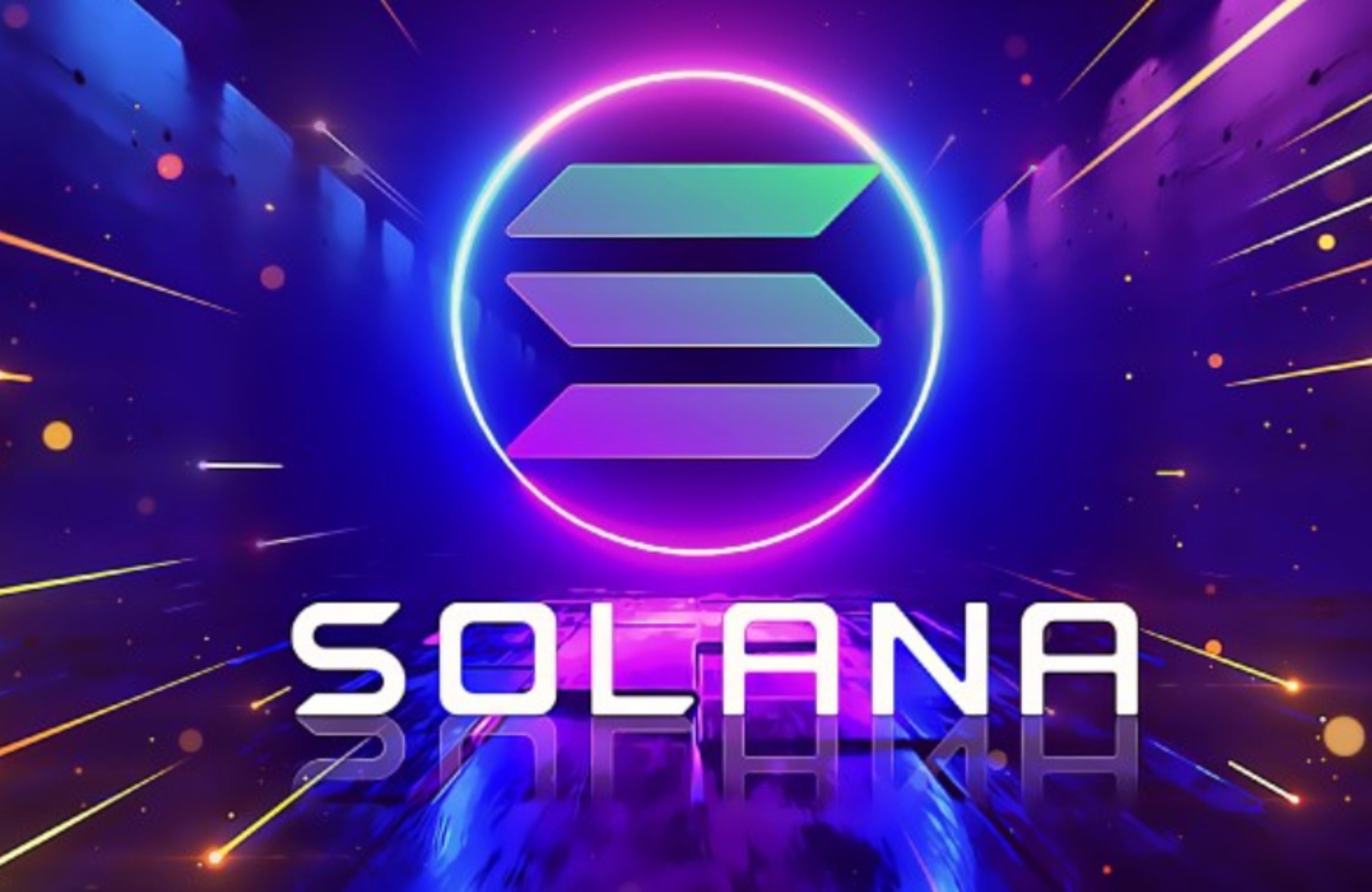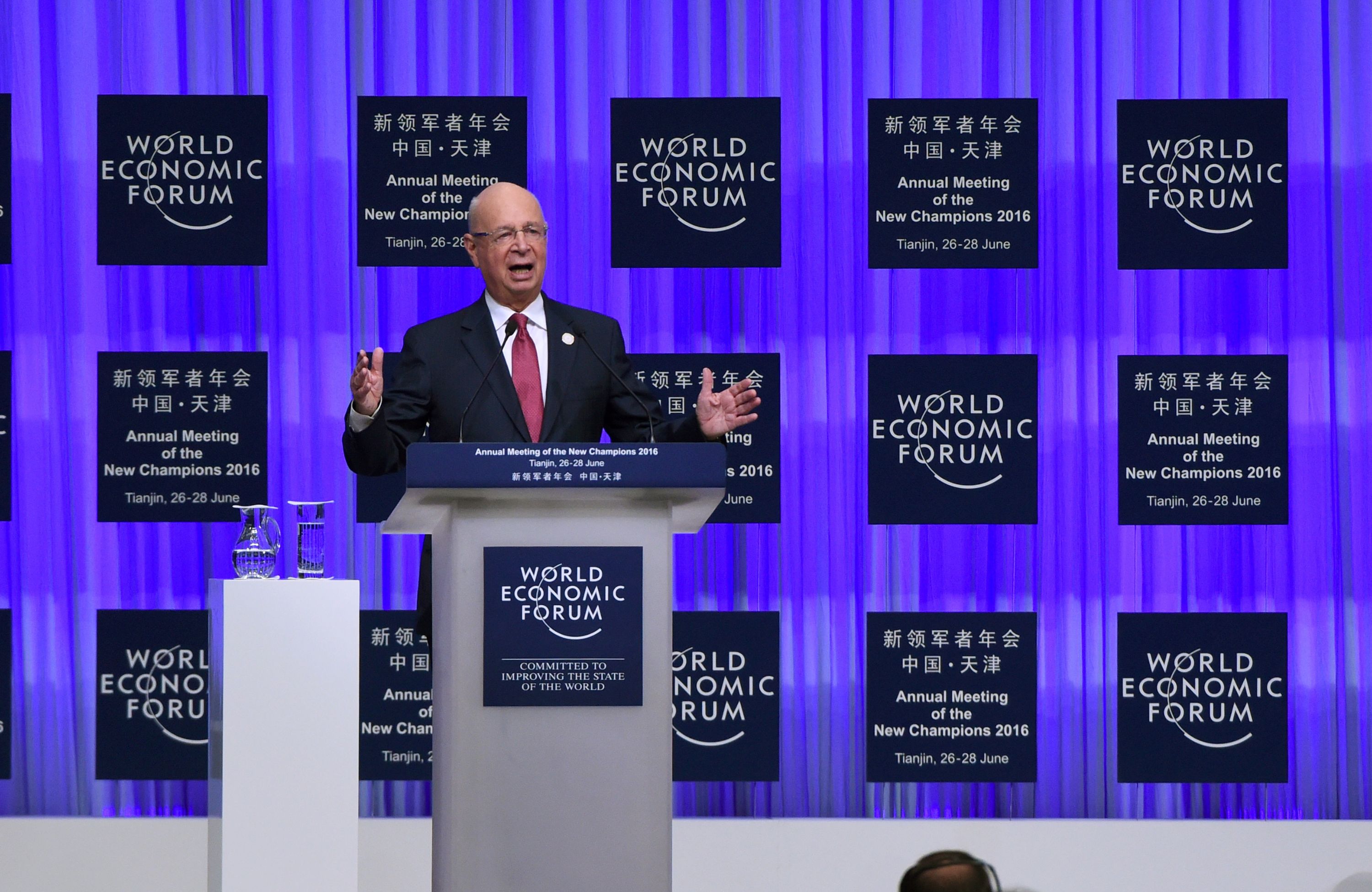Twitter Experiments with Different Emojis for Easier and Appropriate Reactions
Social media has become a largest communication platform, where people all around the world sit on their chair and comment on multiple issues. However, they need more than just typing to express their true feelings and emotions.
According to Mashable, nearly two weeks ago, Twitter replaced "Favorites" (stars) with "Likes" (hearts), but the reaction received from the internet was not overwhelming. Like other social media platforms including Instagram and Periscope, Twitter also included "Likes" and hearts for expression. bBut some users basically believed that it would be quite inappropriate to use a heart for a tweet that didn't exactly express a reaction of affection. Now it seems that Twitter is considering it by simply adding more appropriate and variety of emoji options.
After the heart-wrenching incident in Paris, feelings about being told "how to feel" on Twitter was brought to light. And the argument is more than fair, according to Tech Crunch.
CEO Jack Dorsey has commended Twitter's move to simplicity. This test seems to confuse again a transition that should not be confusing.
However, the rule of heart emoji as the only source of expression and reaction towards tweets may be coming to an end soon. Twitter user _Ninji noticed the facility to decide on numerous emoji from the heart, including the frown, the grimace, the party noisemaker, and the 100, according to The Verge report.
"I can't believe they're finally letting me (100) tweets," _Ninji wrote.
The user's phone screenshot displayed three full tabs of possible expressions. In response to a tweet from The Verge, @_Ninji said the feature is still incomplete and is a dev-only feature in iOS.
"I used JB tweak Flex to enable it, similar to how I got Polls before they were enabled for my acct," @_Ninji wrote.
The appearance of sticker-like emoji reactions are direct descendants of the emoji on Path. More previously, Slack has introduced a feature enabling users comment on any post with any emoji, and Facebook follows with a more limited range of reactions.
Many of the social platforms are more focusing upon reaction through emoji, which they consider really important as the users are increasingly looking for more nuanced ways to express our emotions online. One criticism of the heart introduction was that they could strike the wrong tone in cases where a tweet expressed something terrible or disappointing. For Twitter, it is much easier and more appropriate for users to express themselves with expanded reactions.












